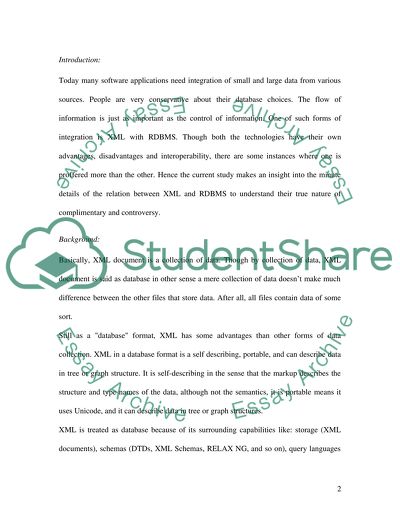Cite this document
(“Details of the Relation between XML and RDBMS Term Paper”, n.d.)
Details of the Relation between XML and RDBMS Term Paper. Retrieved from https://studentshare.org/information-technology/1519750-database-management-systems-essay
Details of the Relation between XML and RDBMS Term Paper. Retrieved from https://studentshare.org/information-technology/1519750-database-management-systems-essay
(Details of the Relation Between XML and RDBMS Term Paper)
Details of the Relation Between XML and RDBMS Term Paper. https://studentshare.org/information-technology/1519750-database-management-systems-essay.
Details of the Relation Between XML and RDBMS Term Paper. https://studentshare.org/information-technology/1519750-database-management-systems-essay.
“Details of the Relation Between XML and RDBMS Term Paper”, n.d. https://studentshare.org/information-technology/1519750-database-management-systems-essay.


